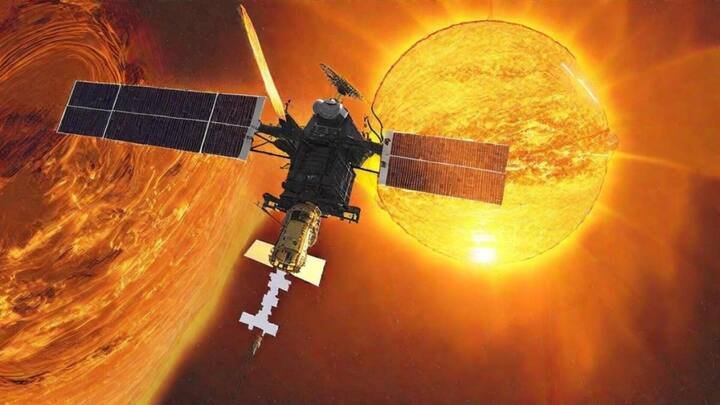Introduction:
In a significant milestone for India’s space exploration endeavors. The Indian Space Research Organisation’s (ISRO) Aditya-L1 To Enter Orbit today mission, the nation’s first solar observation mission, is poised to reach its final destination orbit today. Launched on September 2, 2023, from ISRO’s Sriharikota launchpad. The Aditya-L1 mission is a testament to India’s commitment to advancing scientific knowledge in space exploration. At a cost of ₹400 crore, this nearly 1,500 kg satellite aims to function as a space-based observatory. Studying the sun from a distance of approximately 1.5 million kilometers.
The Journey So Far:
Since its launch, the Aditya-L1 spacecraft has undergone a remarkable journey, navigating through various orbits and conducting crucial maneuvers. This journey was not just about covering the physical distance but also about achieving scientific milestones and ensuring the spacecraft’s readiness for its primary mission—observing the sun.
On September 2, 2023, India witnessed the successful launch of the Aditya-L1 mission. The spacecraft. equipped with seven payloads, embarked on its ambitious quest to study the sun’s corona and understand its extreme heat. Over the course of its 127-day journey. Aditya-L1 executed several maneuvers, including Earth-bound maneuvers and a Trans-Lagrangean Point 1 Insertion (TL1I) maneuver. All of which were completed successfully.
Scientific Objectives:
The Aditya-L1 mission has set forth several scientific objectives to enhance our understanding of the sun and its complex phenomena. These objectives include studying the dynamics of the solar upper atmosphere, specifically the chromosphere and corona. The spacecraft will delve into the physics of partially ionized plasma, the initiation of coronal mass ejections (CMEs), and solar flares. Additionally, Aditya-L1 aims to observe the in-situ particle and plasma environment, providing valuable data for studying particle dynamics originating from the sun.
Unique Orbit and Halo Orbit Insertion:
Aditya-L1 To Enter Orbit today is set to a halo orbit around Lagrange point 1 (L1), the designated final orbit for its mission. L1 is a unique point in the Earth-Sun system where gravitational forces reach equilibrium, allowing the spacecraft to maintain a stable position for observational purposes. This halo orbit, approximately 1.5 million kilometers away from Earth, was strategically chosen for its advantageous position, ensuring an uninterrupted view of the sun without the interference of eclipses.
The final insertion into the halo orbit is scheduled for today, and this crucial maneuver is expected to occur at around 4 pm. The success of this insertion will bind Aditya-L1 to its designated halo orbit, marking a historic achievement for India’s space exploration capabilities.
Significance of Halo Orbit and Sun Observation:
The choice of placing Aditya-L1 To Enter Orbit today around L1 holds immense significance. This orbit ensures continuous observation of the sun, allowing scientists to monitor changes in space weather. The spacecraft’s ability to warn of imminent solar electromagnetic effects on Earth is a crucial aspect of the mission. This early warning system can safeguard satellites, power electrical grids, and communication networks, preventing disruptions during solar storms and flares.
Protection of Space Assets:
India boasts assets worth over ₹50,000 crores in space, including more than 50 operational satellites. With Aditya-L1 To Enter Orbit today, the nation can proactively protect these assets against the potential impact of solar events. The spacecraft’s continuous monitoring of the sun enables the implementation of safety measures. Ensuring the normal operation of satellites during solar disturbances.
Scientific Experiments and Payloads:
Aditya-L1 carries seven payloads designed to conduct various scientific experiments. These experiments aim to unravel mysteries surrounding the photosphere. Chromosphere. And the outermost layers of the sun. Known as the corona. Through the use of electromagnetic, particle. And magnetic field detectors. The spacecraft will provide valuable data on solar dynamics and contribute to a deeper understanding of space weather.
Conclusion:
As Aditya-L1 prepares to enter its final orbit today. It marks a significant achievement for India in the field of space exploration. The successful execution of this mission will not only contribute to scientific knowledge. About the sun but also enhance our ability to predict and mitigate the impact of space weather on Earth. India’s foray into solar observation with Aditya-L1 reflects the nation’s commitment to advancing space science and technology. Positioning it as a key player in the global space exploration arena.







